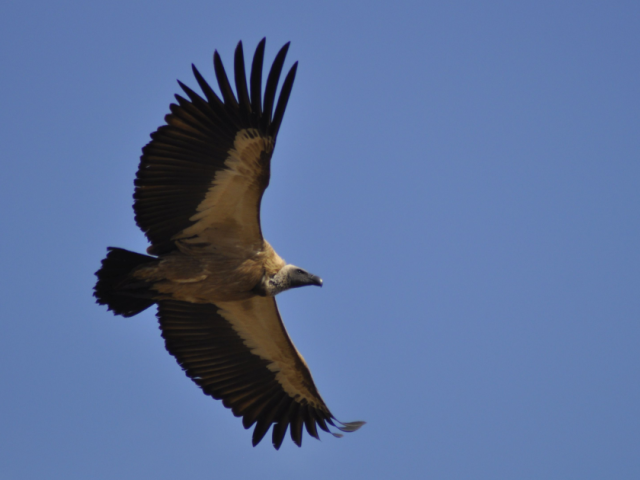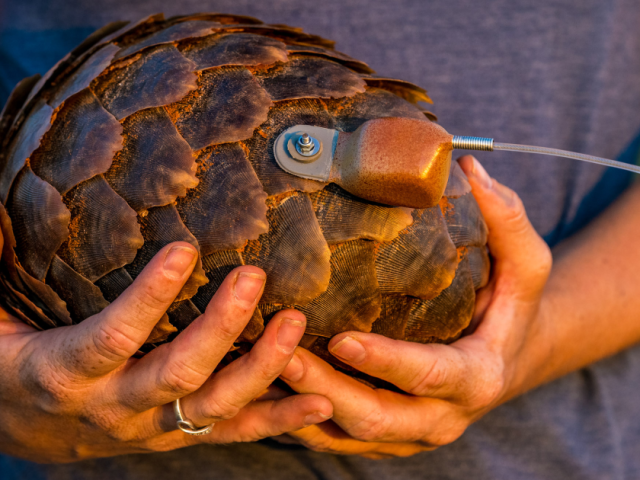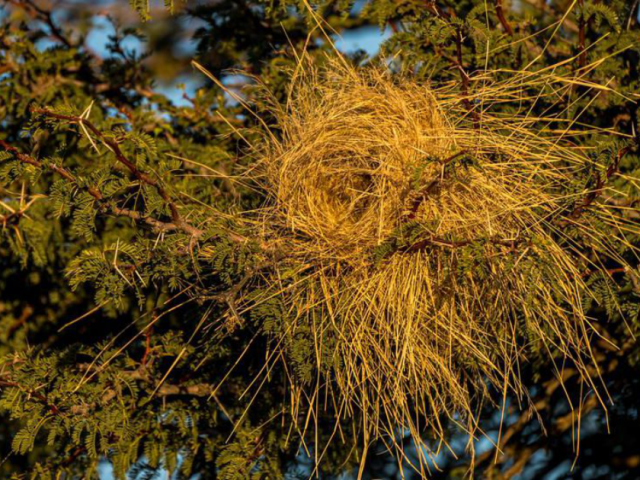Tipping Points returned this March for our second webinar in the series. The speakers, Dr Andy Cunliffe and Mthokozisi Moyo tackled the question, “How does landscape-scale research contribute to climate conversations?”
Watch the webinar recording here on the OGRC YouTube channel.
Climate and landscape: a two-way relationship
“It’s an interesting question”, said Dr Andy Cunliffe, leader of the Oppenheimer Programme in African Landscape Systems (OPALS). “One could also flip that question around and ask how does climate contribute to landscape-scale research?” The interplays between landscape and climate are multifaceted.
Among its key themes, OPALS is modelling resilience in African landscape systems. This is done through land surface models, which divide the planet into grid cells and then simulate an environmental process. This tells us what we think the climate will do and what we think it did in the past.
These predictions are important for understanding and predicting the two-way relationship between climate and terrestrial landscapes, “…for example how climate effects the growth of plants and crops, but also how tree planting efforts might increase the amount of carbon stored in the landscape which then goes back to effect climate,” said Cunliffe. African landscapes are often not well represented in these models, so OPALS plans to work with a doctoral student to improve the efficacy and relevance of these models to Africa. Equally important is to improve the accessibility of the model in science and to be able to share it with policy makers.
Cunliffe also emphasised that everyone throughout the conservation domain should continuously challenge themselves to think about how knowledge and understanding connect across spatial domains and the importance of facilitating the two-way flow of information between land managers and researchers and conservationists.
Additionally, high level conversations about climate smart actions are not sufficiently informed by realities on the ground. “Academics should do a lot more listening to understand challenges better,” he added.
“There’s a lot of converging that needs to happen between academic understandings of projected future climate, lived experiences of what works and what makes a successful, self-sustaining intervention project and what’s palatable for policy makers because they see it was a win-win for everyone. I think lot more needs to happen and it needs to happen urgently,” said Cunliffe.
Find out more about OPALS and OPALS studentships at https://opals-exeter.org/.
Understanding African landscapes
“In order to tackle the threats of climate change, we need a better understanding of ecosystems to make more informed decisions as Africans,” said Mthokozisi Moyo, PhD student at the Global Change Institute at the University of the Witwatersrand. Moyo raised the point that climate change narratives often speak to global and not African perspectives, for example planting trees where there shouldn’t be any. Moyo also presented his MSc research – a phenology study (the study of timing of biological events in plants and animals) of afromontain grasslands in South Africa via the construction of a 110-year climate data set.
Over this period, Moyo’s dataset showed that temperature increased while rainfall decreased, showing evidence of climate change. This indicates that the growing season is increasing due to the earlier arrival of spring and a delay in autumn, consistent with other studies around the world. Moyo then expanded his PhD research to look at the influence of changes in wet-dry seasonality (in a nutshell the amount of rainfall over the year) on the distribution of plants and animals.
In typical seasonal environments organisms are exposed to predictable changes in the abundance and quality of resources, and have adapted accordingly to this. Changes in seasonality due to climate change mean that these organisms may be negatively affected, and even go extinct. As expected, Moyo’s preliminary results showed a clear link between the distribution of mixed feeder herbivores and the seasonal environments.
Moyo highlighted the need to expand this kind of research beyond Southern Africa, where most of these studies have been conducted, to the rest of the continent.
Find out more about Mthokozisi Moyo’s research: watch the recording.
Looking ahead
The facilitator, OGRC’s Rendani Nenguda, asked the panellists what they would like to see in the future of landscape-scale research.
Cunliffe highlighted the need to get people who are thinking about futures connected and talking with each other. He would like to see new projects initiated that better cross the boundary between research knowledge generation activities and knowledge sharing to put information, capabilities and skills in the hands of organisations that can really make a difference. Additionally, he reiterated the importance of needs being better identified and articulated and the research being done to achieve those needs.
Moyo envisioned future projects that examine existing work and collate the information into one larger, connected understanding, as his own PhD research is doing.
Tipping Points will return on the 19th of April at 1pm CAT for the third episode: “Green gold or green gremlin: Can carbon credits really work for Africa?” Register now to join the conversation!
- South African scientists pioneer technique in Africa to speed up medical diagnoses and detect new pandemics - May 30, 2023
- Evidenced-based research to bolster Africa’s position ahead of COP27 - October 27, 2022
- Africa turns up the heat for COP27 - October 21, 2022
Additional News
Pangolins are elusive and heavily trafficked. At Tswalu, researchers are working to uncover their secrets and aid conservation.
Declining Sparrow-Weavers may threaten other birds that rely on their old nests for shelter.





